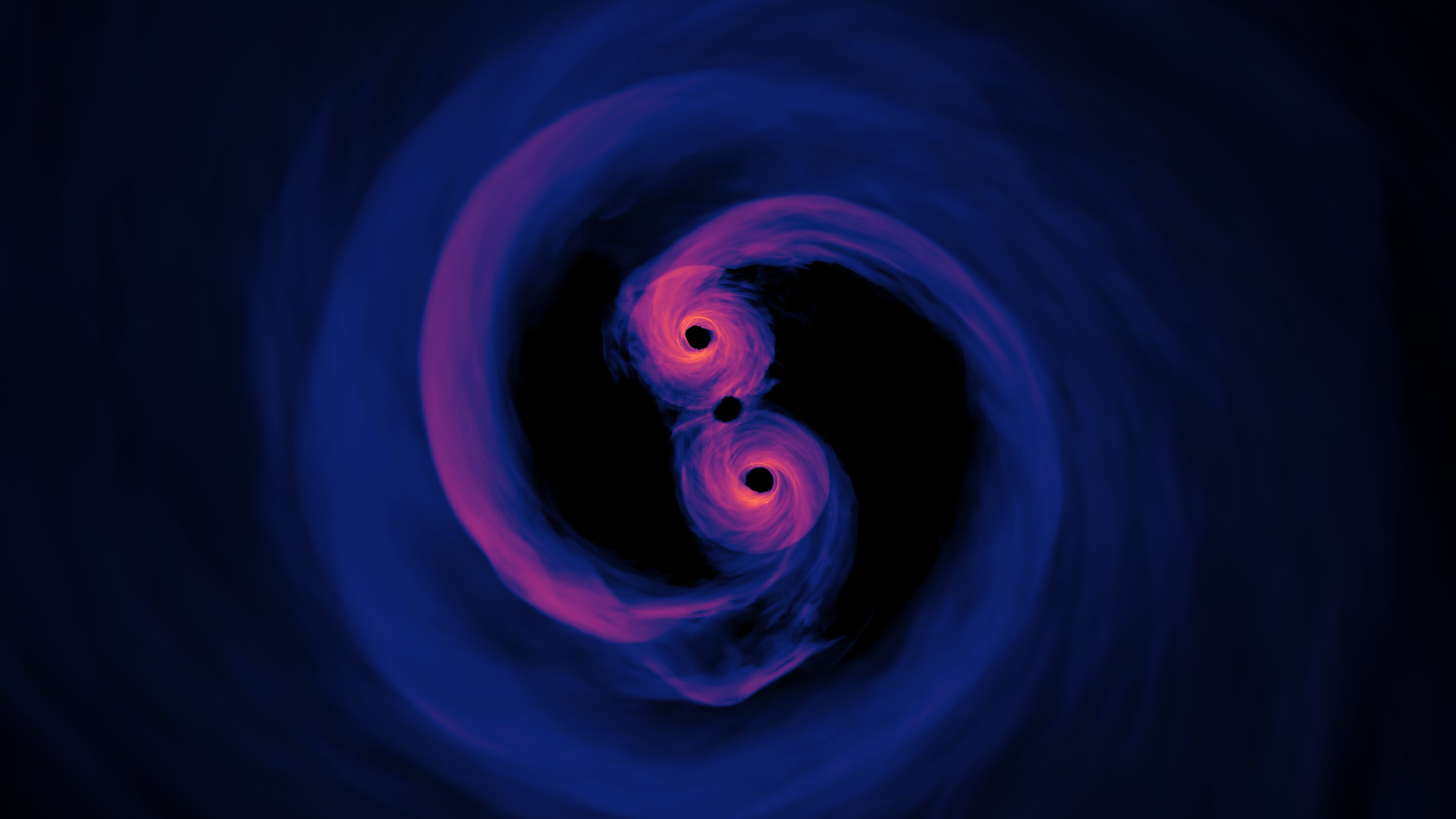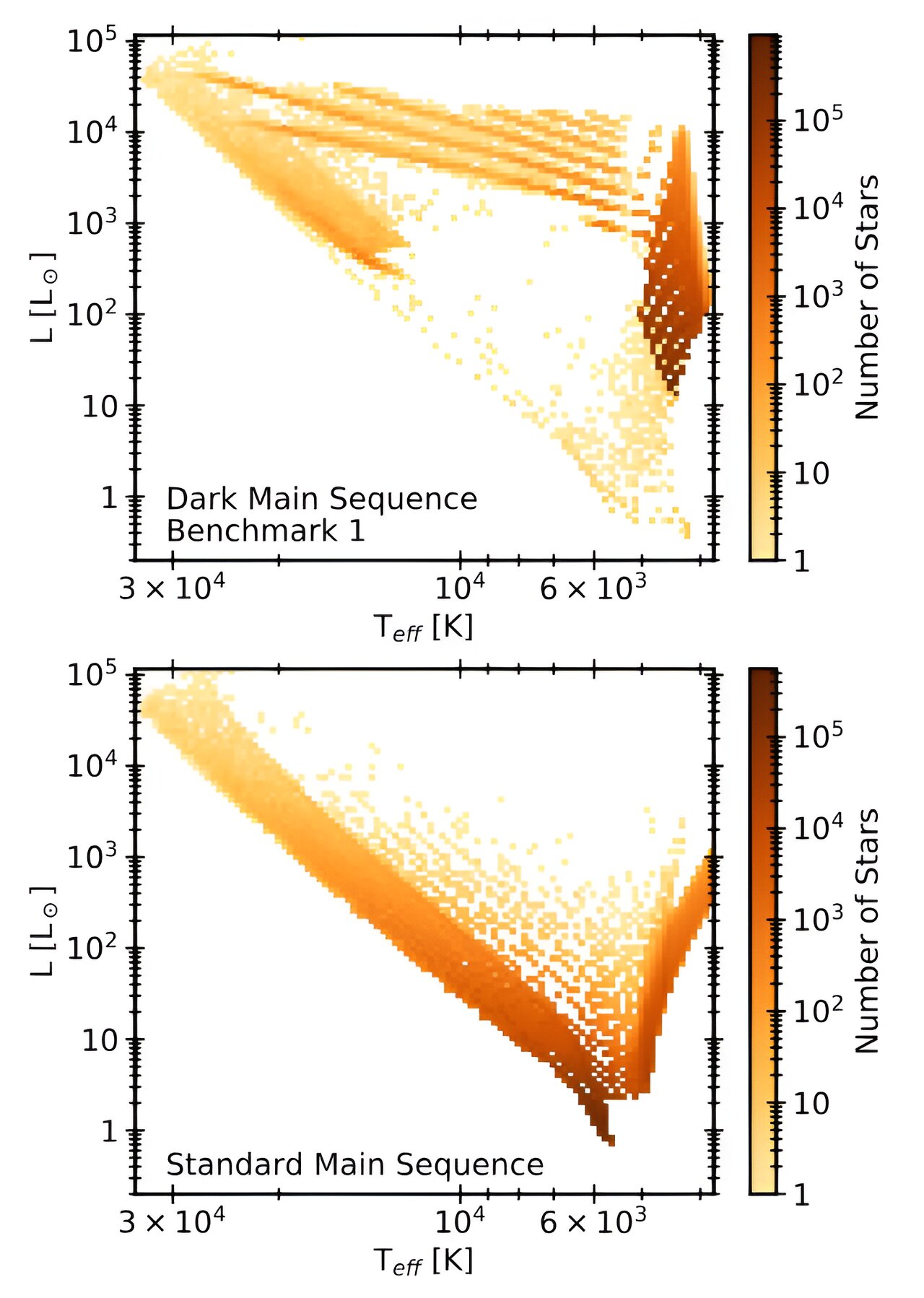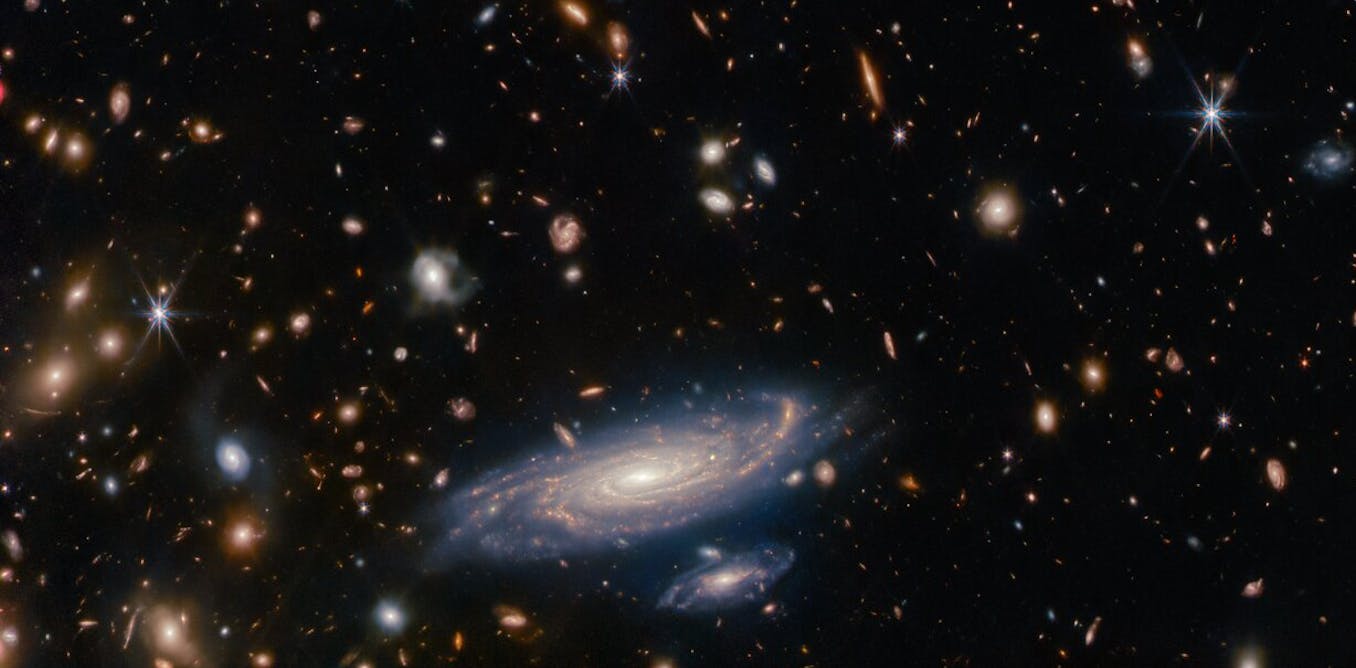
Researchers have found a link between some of the largest and smallest objects in the cosmos: supermassive black holes and dark matter particles.
Their new calculations reveal that pairs of supermassive black holes (SMBHs) can merge into a single larger black hole because of previously overlooked behavior of dark matter particles, proposing a solution to the longstanding “final parsec problem” in astronomy.
The research is described in ...
Read More








Recent Comments